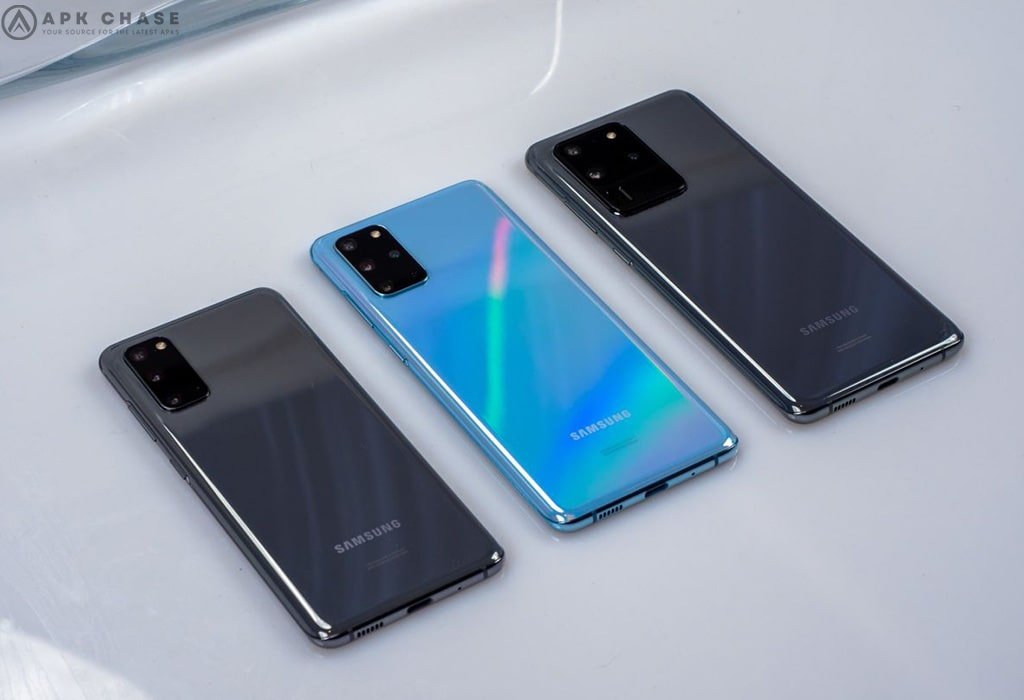
Backup Your Android Phone
In today’s digital age, our smartphones hold a treasure trove of valuable data, from contacts and photos to apps and important documents. However, unforeseen events like device loss, damage, or software issues can lead to data loss. That’s where a reliable backup comes in. In this guide, we’ll walk you through the essential steps to backup your Android phone, ensuring that your precious data remains safe and accessible.
Table of Contents
1. Why Backup Your Android Phone?
Backing up your Android phone is like having an insurance policy for your data. Here’s why it’s crucial:
1. Data Protection:
Accidental data loss, theft, or hardware failures can happen to anyone. A backup ensures your data is secure and can be easily restored.
2. Seamless Transitions:
When upgrading to a new device, a backup simplifies the process by transferring your old data to the new phone.
3. Software Updates:
Sometimes, software updates can lead to data corruption. Having a backup allows you to revert to a previous state if needed.
2. Backup Your Android Phone
There are various methods to backup your Android phone, each offering different levels of convenience and comprehensiveness. Let’s explore two popular options:

3. Google Account Backup
Using your Google Account to backup your Android phone is one of the simplest and most effective methods. Here’s how:
1. Enable Backup:
Go to your phone’s settings and navigate to “System” > “Backup.” Ensure that the “Backup to Google Drive” option is turned on.
2. Select Backup Content:
You can choose which types of data to back up, such as apps, call history, device settings, photos, and more. Ensure the desired options are selected.
3. Manual Backup:
To initiate an immediate backup, tap on “Back up now.” This ensures that your most recent data is safely stored.
4. Automatic Backup:
By leaving the “Backup to Google Drive” option on, your phone will automatically backup data over Wi-Fi when charging.
4. Third-Party Backup Apps
For more control over your backup process, you can opt for third-party backup apps available on the Google Play Store. One popular option is “Helium – App Sync and Backup.” Here’s how to use it:
1. Install Helium:
Download and install the Helium app from the Google Play Store on both your old and new devices.
2. Enable USB Debugging:
You’ll need to enable USB debugging in your phone’s developer options. Go to “Settings” > “About phone” > tap on “Build number” multiple times to enable developer options, then go to “Developer options” to enable USB debugging.
3. Connect Devices:
Connect your old and new devices using a USB cable. Follow the on-screen instructions in Helium to establish the connection.
4. Backup Process:
Launch Helium on your old device. Select the apps you want to backup and tap on “Backup.” The app will create a backup file.
5. Transfer to New Device:
Transfer the backup file to your new device using methods like email, cloud storage, or a computer. Install Helium on your new device.
6. Restore Backup:
Launch Helium on your new device, connect it to your computer, and follow the prompts to restore the apps and data from the backup file.

Conclusion
In a world where our smartphones hold so much of our lives, it’s essential to have a solid backup strategy. Whether you choose the convenience of Google Account Backup or the customization of third-party apps like Helium, the key is to regularly perform backups and store them in a secure location. By following the steps outlined in this guide, you can ensure that your valuable data remains protected and easily recoverable, providing you with peace of mind in an increasingly digital world.




